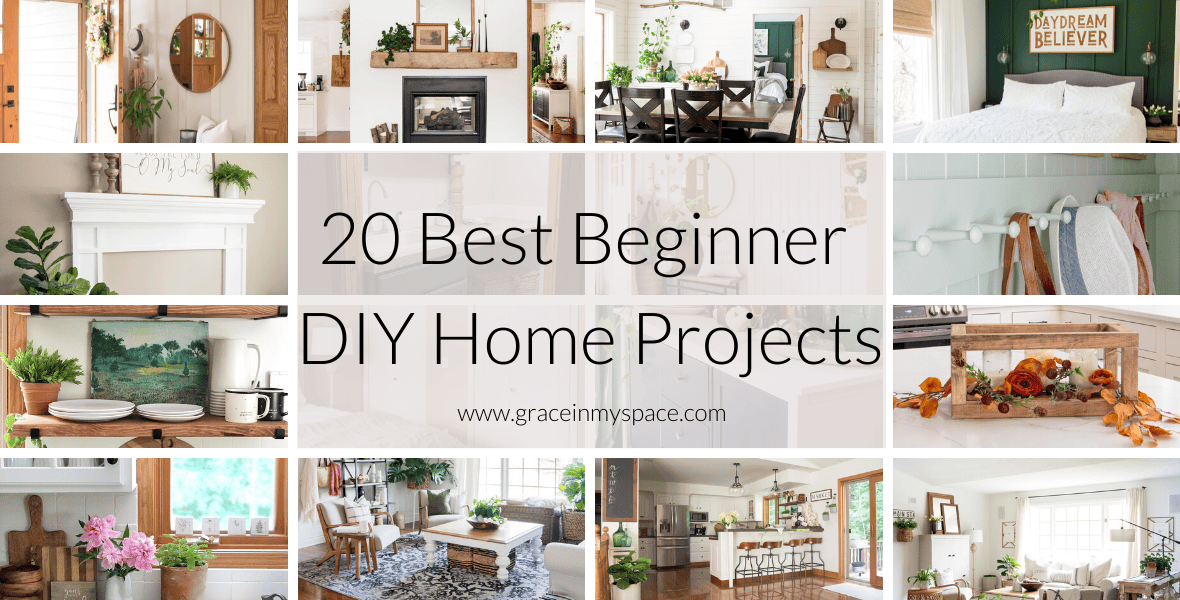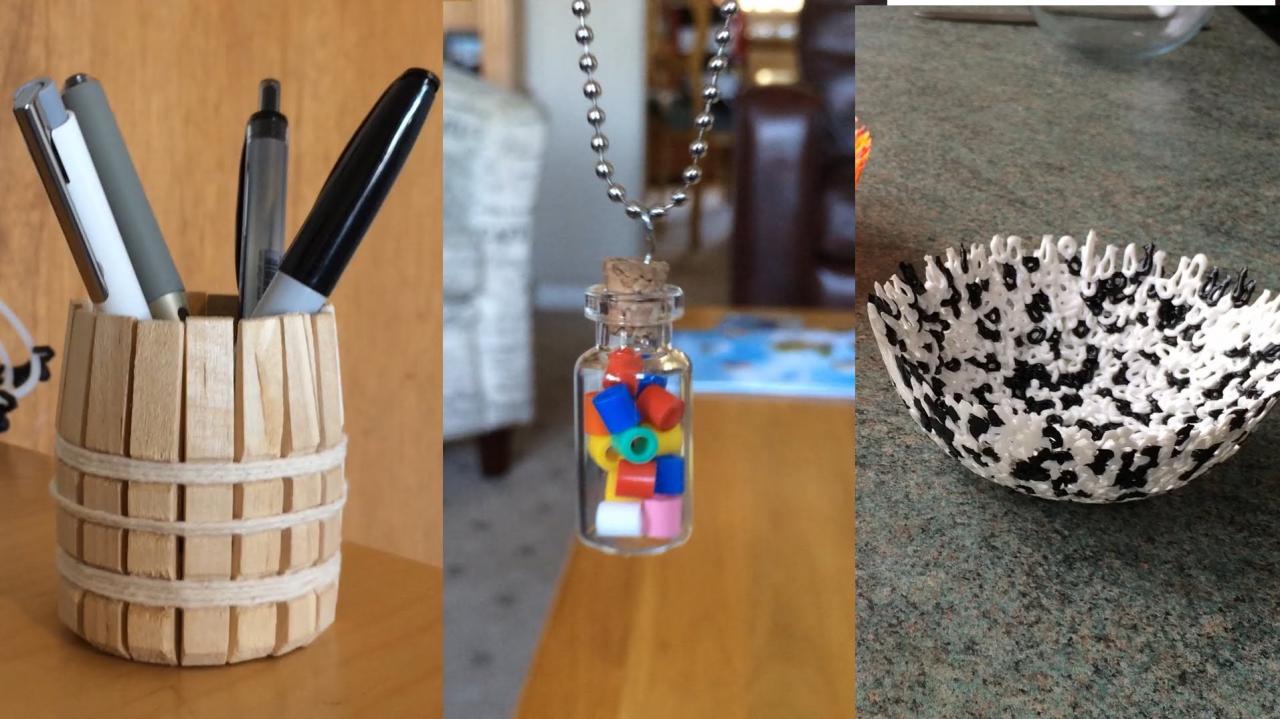IKEA DIY has become synonymous with affordable, stylish furniture, but the experience goes beyond simply assembling a bookshelf. It’s a journey of self-sufficiency, creativity, and perhaps a little frustration along the way. Whether you’re a seasoned DIY enthusiast or a first-timer, IKEA’s flat-pack furniture offers a unique opportunity to engage with the design and construction process, adding a personal touch to your home.
This guide delves into the world of IKEA DIY, exploring the appeal, challenges, and rewards of tackling these projects. We’ll analyze the design principles, assembly processes, and customization options, while also considering the environmental impact and the evolving role of DIY in the furniture industry. Join us as we unravel the intricacies of IKEA DIY and its influence on our homes, our creativity, and our lives.
IKEA DIY Sustainability and Environmental Impact
IKEA’s DIY furniture model has become synonymous with affordable and accessible home furnishings. However, the environmental implications of this approach are multifaceted and require careful consideration. This section explores the environmental impact of IKEA’s DIY furniture production and consumption, investigates the potential for sustainable practices within this model, and examines IKEA’s efforts to promote eco-conscious DIY practices.
Environmental Impact of IKEA’s DIY Furniture
The environmental impact of IKEA’s DIY furniture can be examined from various perspectives. One significant aspect is the sourcing and transportation of materials. IKEA sources its materials globally, which can lead to increased carbon emissions from transportation. The company has made efforts to reduce its carbon footprint by sourcing materials locally whenever possible and by optimizing transportation routes. However, the long-distance transportation of materials remains a significant environmental concern.
Another aspect to consider is the manufacturing process. IKEA’s furniture is designed for mass production, often using materials like particleboard and MDF, which are generally less sustainable than solid wood. While these materials are often sourced from certified forests, their production still involves significant energy consumption and emissions.
Finally, the consumption and disposal of IKEA’s DIY furniture also have environmental implications. The flat-pack design and assembly process, while convenient, can lead to increased packaging waste. Furthermore, the durability and lifespan of IKEA furniture are often debated, with some pieces being perceived as less durable than traditional furniture. This can lead to increased furniture replacements and ultimately contribute to a larger environmental footprint.
IKEA DIY and the Future of Furniture

IKEA’s DIY approach has revolutionized the furniture industry, offering affordable, customizable, and readily available furniture solutions. As the furniture industry evolves, IKEA’s DIY model is poised to play an even more prominent role, shaped by emerging trends and technological advancements.
The Evolving Role of DIY in the Furniture Industry, Ikea diy
The furniture industry is witnessing a growing trend toward personalization and customization, with consumers increasingly seeking unique pieces that reflect their individual styles and preferences. This trend has fueled the popularity of DIY furniture, as it empowers consumers to create furniture that aligns with their tastes and needs. IKEA’s DIY model has been instrumental in driving this trend, providing consumers with readily available materials, instructions, and tools to assemble their own furniture.
Potential Trends and Innovations in IKEA’s DIY Approach
IKEA is constantly innovating and evolving its DIY approach to meet changing consumer demands. Some potential trends and innovations include:
- Increased Use of Augmented Reality (AR) and Virtual Reality (VR): IKEA has already introduced AR tools that allow customers to visualize how furniture would look in their homes. This technology is likely to become even more sophisticated, providing more immersive and interactive experiences. Imagine being able to virtually assemble furniture in a 3D environment, allowing customers to experiment with different configurations and colors before making a purchase.
- Smart Furniture and Connected Devices: IKEA has already introduced smart home devices that can be integrated with its furniture. This trend is likely to continue, with furniture incorporating sensors, actuators, and connectivity to create intelligent and responsive pieces. For example, imagine a sofa that automatically adjusts its position based on the user’s posture or a table that can be controlled remotely via a smartphone app.
- Sustainable and Circular Design: As sustainability becomes increasingly important, IKEA is likely to focus on using recycled and renewable materials, designing furniture for disassembly and reuse, and promoting a circular economy for its products. This could involve providing instructions and tools for repairing and upcycling furniture, extending its lifespan and reducing waste.
The Impact of Technology and Digital Tools on the IKEA DIY Experience
Technology is playing a transformative role in the IKEA DIY experience, making it easier, more efficient, and more engaging.
- Online Design Tools and 3D Modeling: IKEA has already introduced online design tools that allow customers to create custom furniture pieces. This trend is likely to continue, with more sophisticated tools enabling customers to design and visualize furniture in 3D, using advanced modeling software and virtual reality applications.
- Interactive Assembly Instructions: IKEA has been known for its detailed assembly instructions, but these are becoming even more interactive and user-friendly.
Ultimate Conclusion
From the initial thrill of unpacking a flat-pack to the satisfaction of completing a project, the IKEA DIY experience offers a unique blend of practicality, creativity, and a touch of adventure. Whether you’re seeking to furnish your home on a budget, express your personal style, or simply enjoy the challenge of building something with your own hands, IKEA DIY provides a platform for self-expression and a sense of accomplishment. As the furniture industry continues to evolve, IKEA’s DIY approach remains a testament to the enduring appeal of building something yourself, one flat-pack at a time.
IKEA DIY projects are a great way to add a personal touch to your home, and with Halloween just around the corner, there are tons of opportunities to get creative. If you’re looking for some inspiration, check out this website for DIY Halloween ideas, from spooky decorations to fun costumes.
You can even use IKEA furniture as the base for your Halloween creations, transforming a simple bookshelf into a haunted house or a storage bin into a spooky cauldron.



